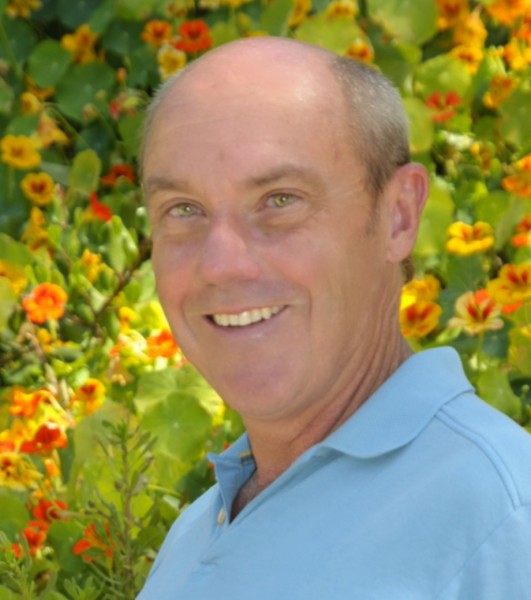By Greg Vail
 I listened to a recent KX 93.5 interview of Councilmember Elizabeth Pearson regarding the village entrance project. The interview struck me less as a forum for community enlightenment and more of a platform for the interviewers to express their own opinions in the form of questions. Overall, it had a whiff of a “red herring”—a logical fallacy that misleads or detracts from an actual issue and that seeks to lead one to a false conclusion.
I listened to a recent KX 93.5 interview of Councilmember Elizabeth Pearson regarding the village entrance project. The interview struck me less as a forum for community enlightenment and more of a platform for the interviewers to express their own opinions in the form of questions. Overall, it had a whiff of a “red herring”—a logical fallacy that misleads or detracts from an actual issue and that seeks to lead one to a false conclusion.
The “red herring” in this instance pertained to questions that seemed to be intended to lead a casual listener to conclude that the village entrance project has been designed with insufficient community consultation; it focused only on parking; would cost too much and would put the city in financial jeopardy; that it couldn’t be designed to withstand earthquakes; that it would excessively expose the community to contaminants; and that it would be damaged in El Nino events. Fortunately, Ms. Pearson effectively countered these impressions. The recent Q & A village entrance press release from the city manager definitively addresses these issues. (See also “Environmental Doubts Surface Over Entrance,” July 26 edition.)
As a former planning commissioner, Design Review Board member and participant in the 1996 Village Entrance Task Force that defined the still-current vision for the area, I would like to reconfirm Ms. Pearson’s points.
After 18 years of public input – including a six-year EIR review – the project has been vetted to the point that it is ready to be moved forward with confidence.
The village entrance was always intended to be a “beautification” project (with parking) to reflect that we are aesthetically oriented community. With all the present focus on parking, a neglected but key fact is that without the parking garage, the beautification could not occur. The landscaped promenade along Forest Avenue and Laguna Canyon Road will create an aesthetic ambience commensurate with our international reputation for beautiful landscapes.
The recently-raised notion of reducing landscaping and substituting it with more grade-level parking in order to reduce the size of the parking structure and costs is self-defeating in relation to the long-adopted vision. It is also penny-wise and pound-foolish. Careful attention to proper siting, design detail, quality construction and materials is essential for the vision to be properly realized. I urge the council and community to resist this half-baked idea.
By building the garage and limited surface parking area of 600 spaces, a net increase of some 200 stalls, the community gains many benefits, several of which have not received much attention. Aside from accommodating the inevitable increase of visitors due to intensive nearby growth (thousands of new inland homes), the location of ample parking on the edge of the immediate downtown core can have the effect of reducing congestion there. Equally important, the additional spaces would allow for the possible removal of asphalt currently occupied by parking for and replacement with more pedestrian-oriented and aesthetic amenities. Without the additional spaces, this could not be done because of Coastal Act restrictions.
Parking at the village entrance, combined with future structures in other parts of town, expansion of the trolley and creation of park and ride programs from inland areas, are all essential parts of an effective mobility solution to reduce the number one issue for the community—congestion and parking difficulty. All of these strategies need to be implemented in a coordinated, comprehensive manner.
Are there risks of increased costs due to unknowns and natural hazards to be addressed? Of course there are. But the notion seemingly implied by the KX93.5 interviewers that we should not build the village entrance because of cost uncertainty and the hazards that face everyone here is undue risk aversion as opposed to prudent risk management. Taking this logic to its ultimate extension, we would not build anything anywhere.
Councilmember Pearson was also on point regarding the consequences of a referendum. A referendum by nature cannot effectively deal with the nuances of a project of this type. Referenda—particularly in a tight knit community like Laguna– inject unrelated political agendas into the debate, fracture the community, destroy friendships and often produce no useful or different result from the original decision. We’ve seen this before in Laguna Beach. Fortunately, we have a City Council and staff with successful experience with projects of this type in financing, budgeting and construction. We elected them to make decisions on our behalf. We should allow them to carry out that mandate.
Longtime resident Greg Vail is a former planning commissioner. He is a president of Selva Partners, a land use consultant.




